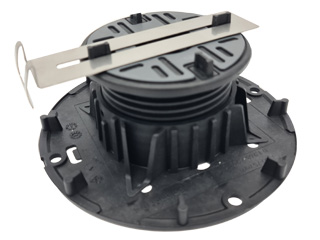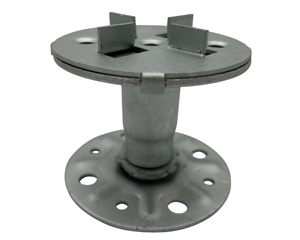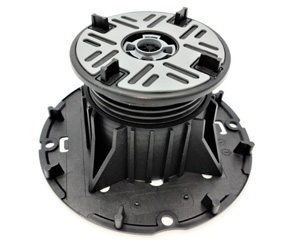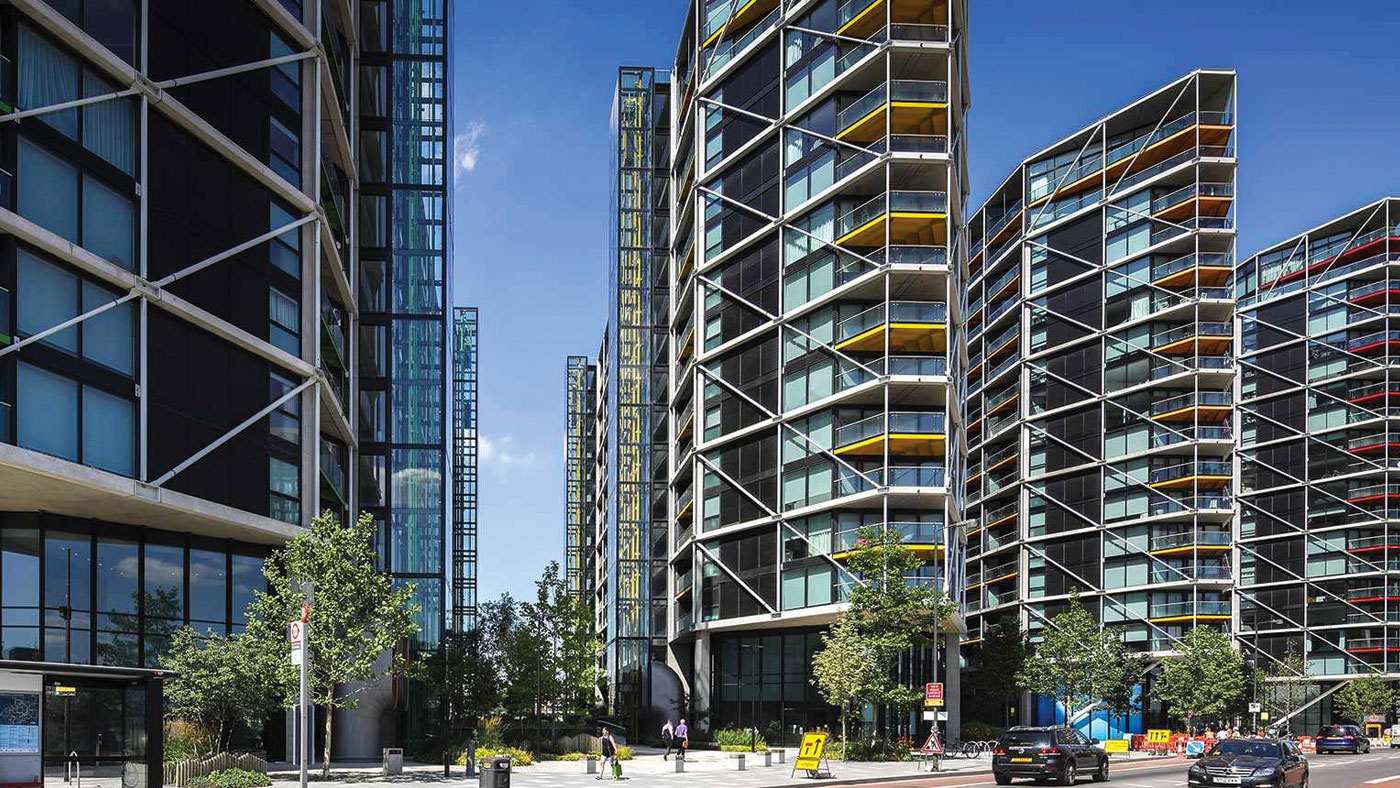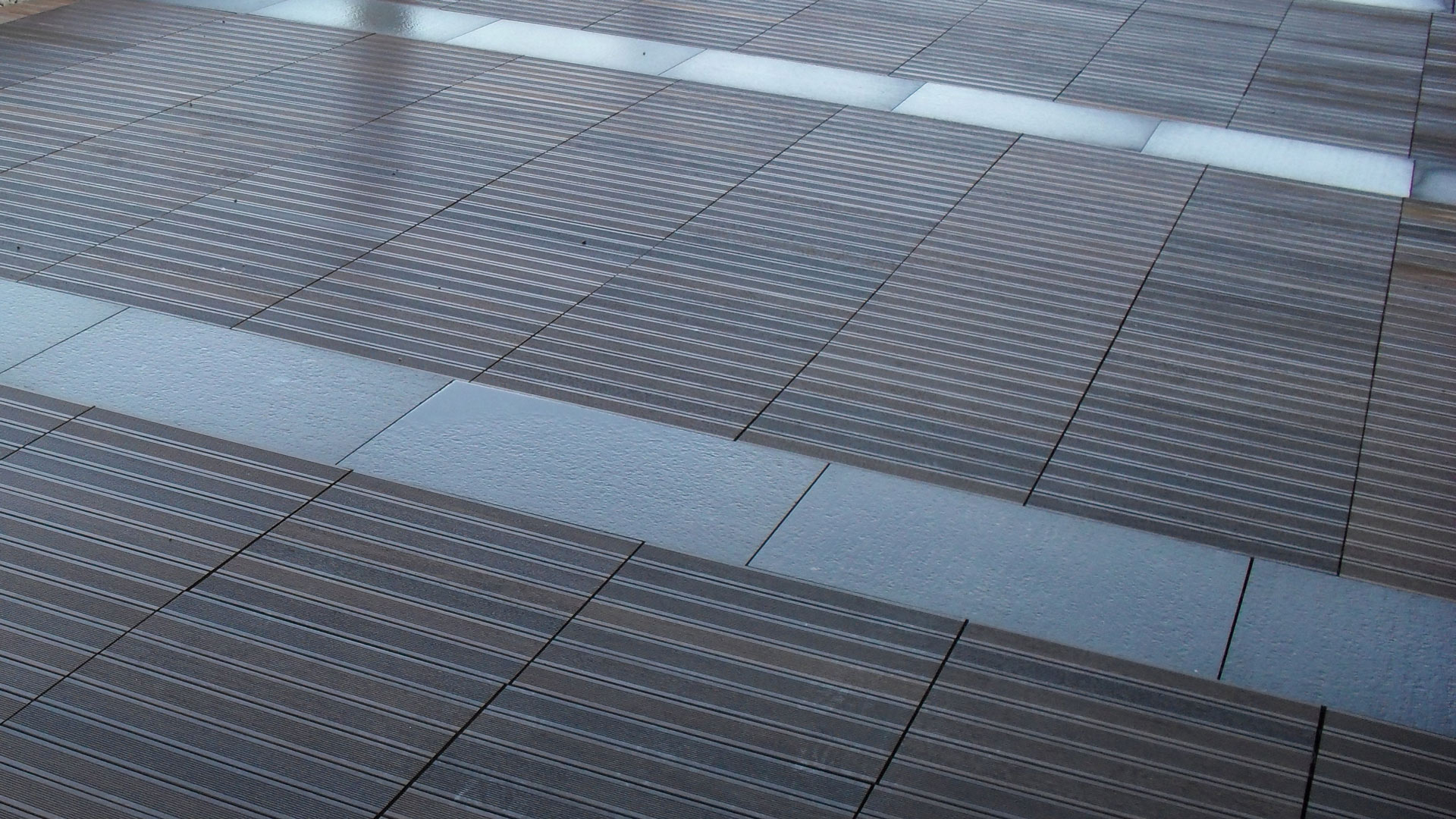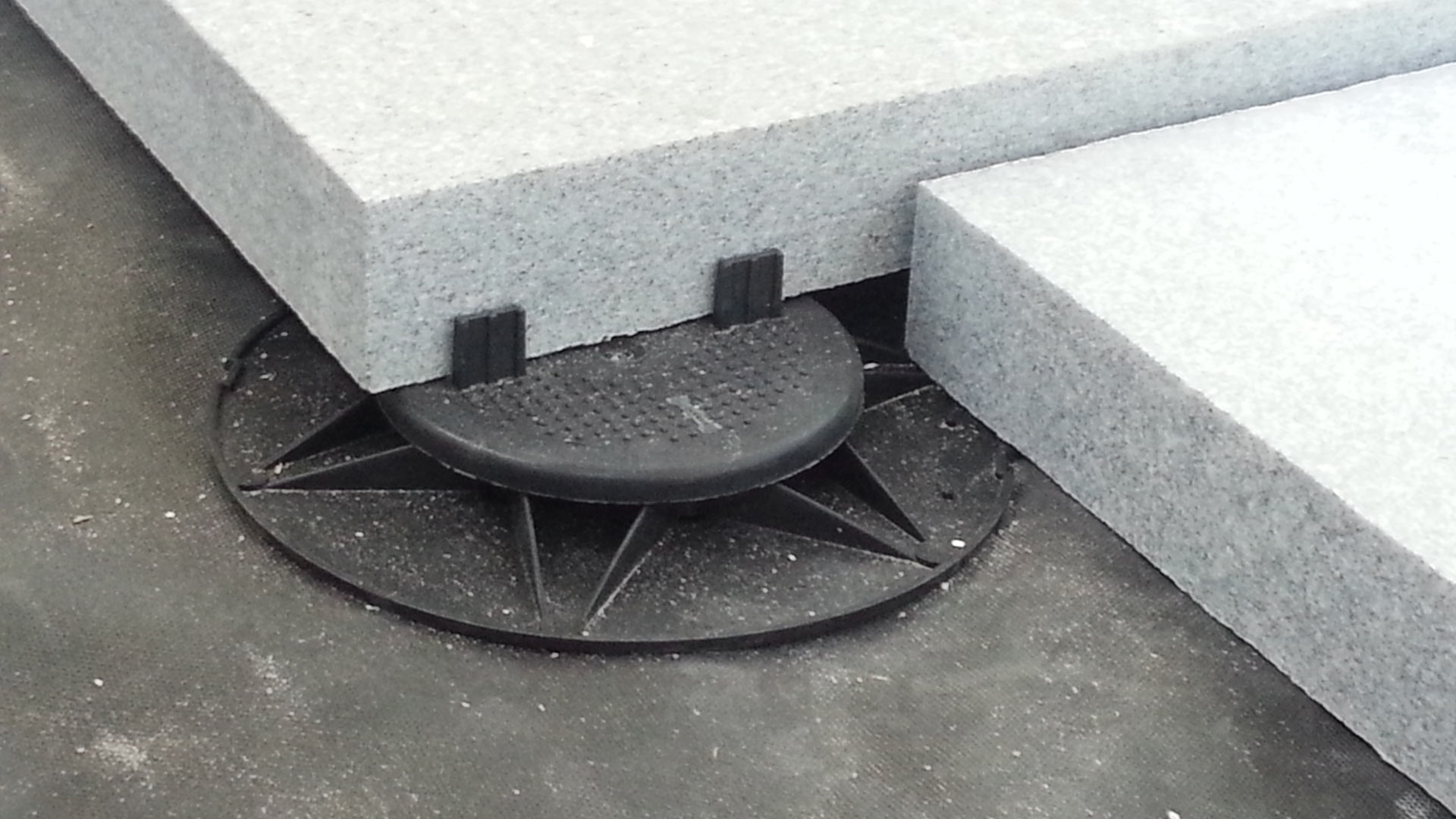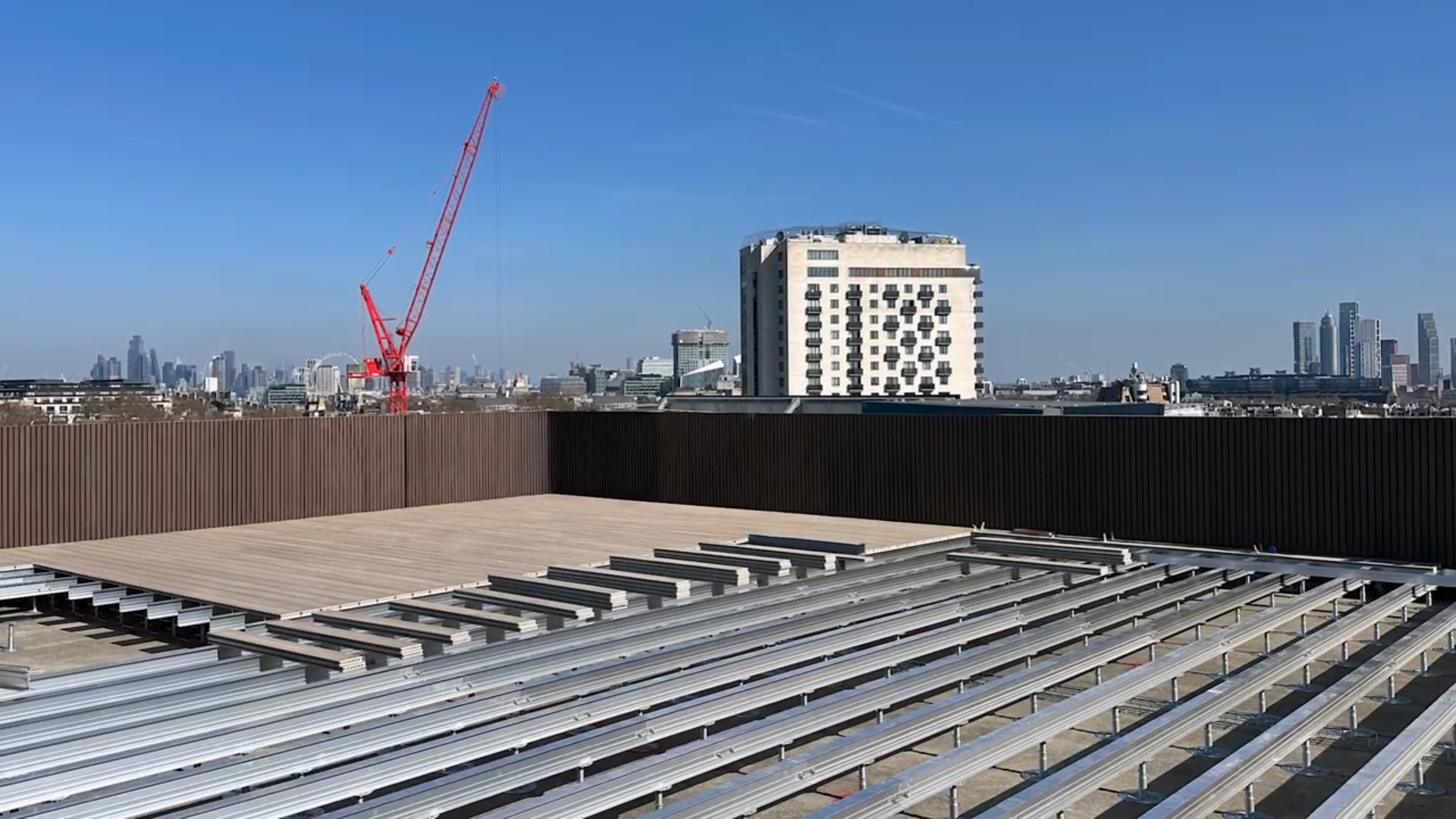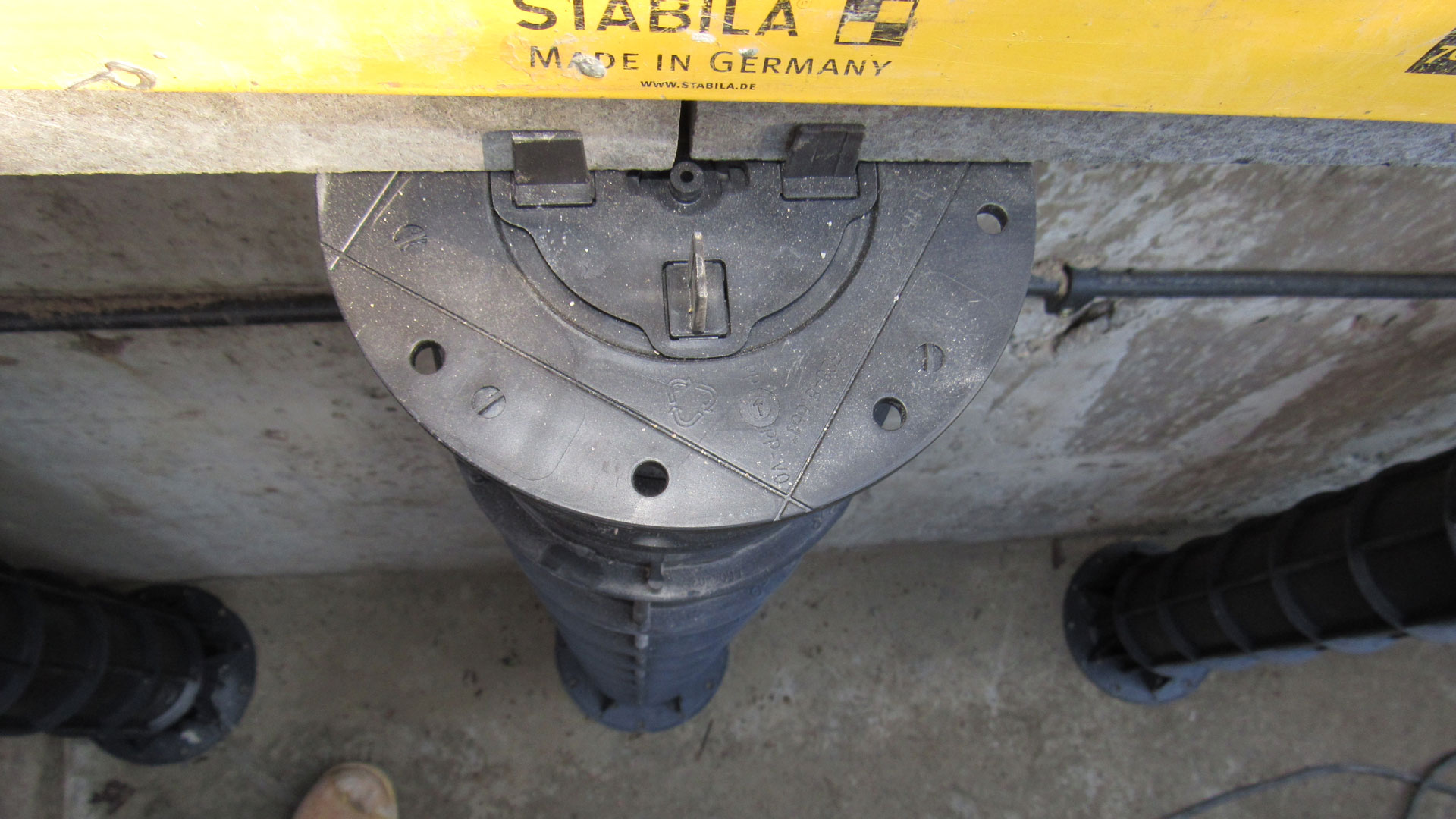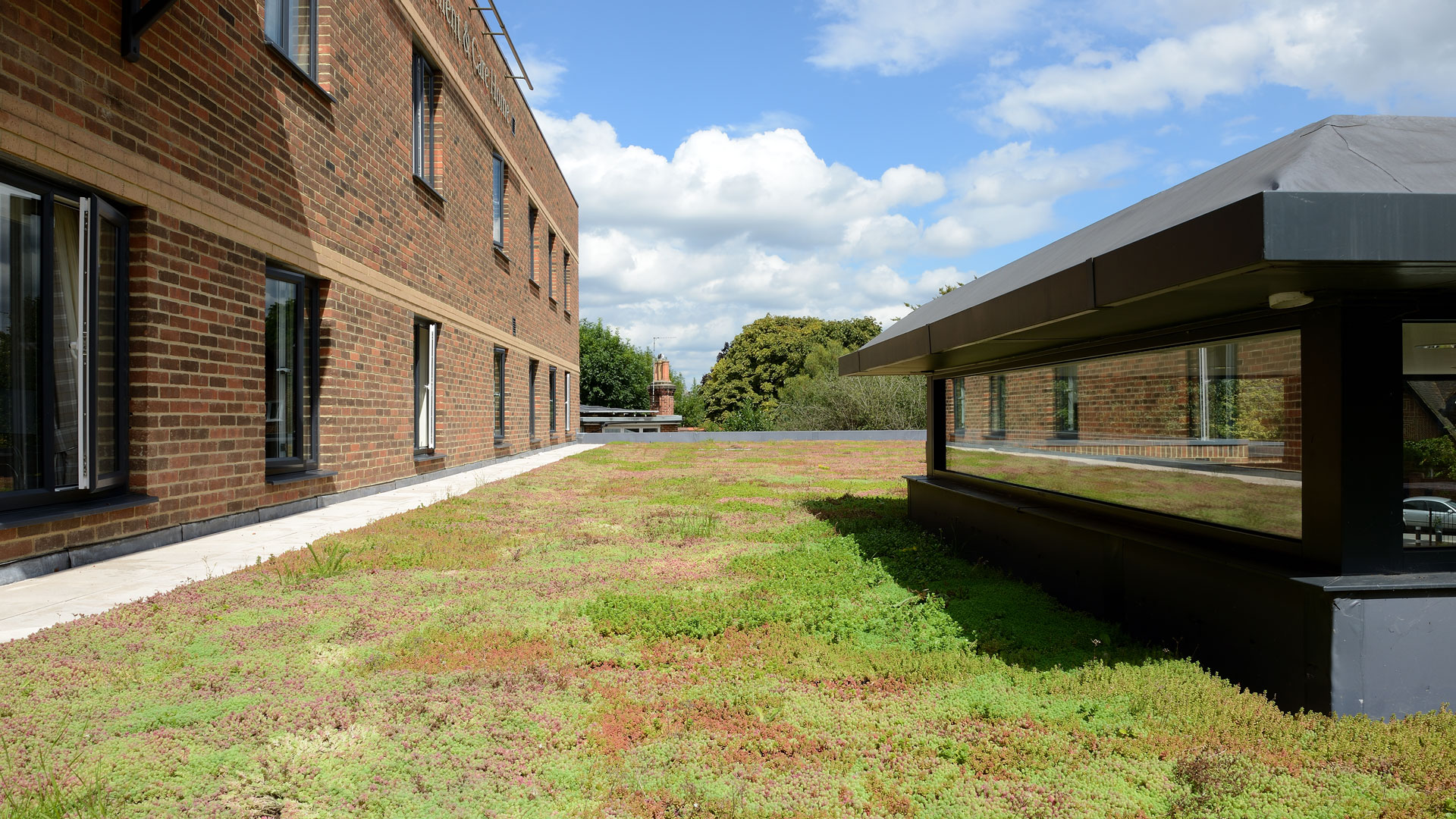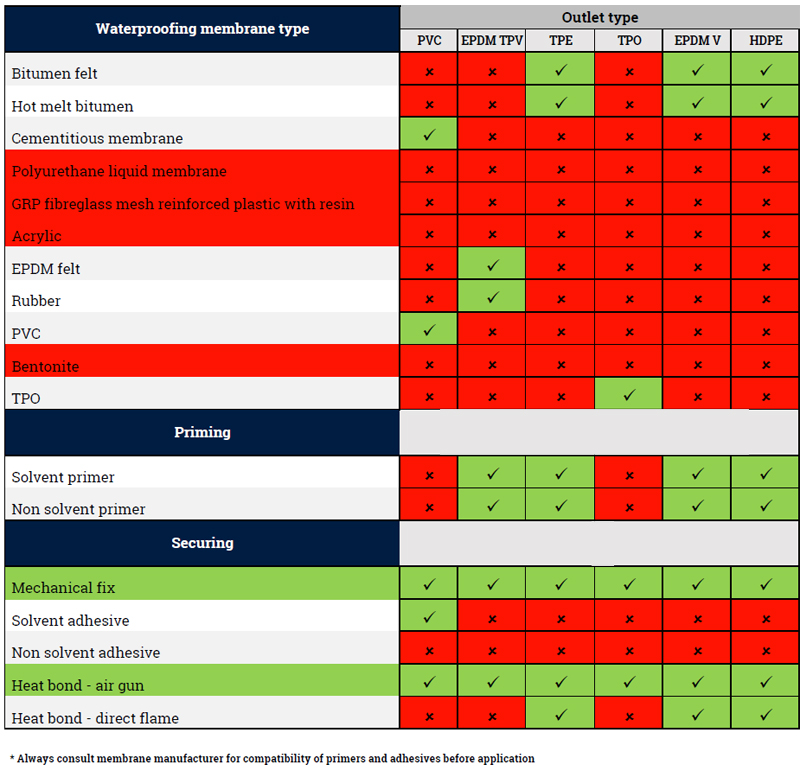Green roofs have steadily grown in popularity across the UK – and with good reason. Beyond their striking visual appeal, they offer a wealth of environmental advantages. From regulating temperatures and managing rainwater to supporting biodiversity and reducing air pollution, green roofs are a smart investment for property owners. That said, keeping them in excellent condition requires careful planning and upkeep.
This comprehensive guide is here to help. Whether you’re a homeowner, facilities manager, or landscaping professional, we’ll walk you through everything you need to know – from choosing the right vegetation and substrate to ensuring effective watering and pest control. Keep reading to discover how to nurture and preserve your living roof all year round.
What Exactly Is a Green Roof?
Also referred to as a living or eco-roof, a green roof is one that’s either partly or entirely covered with vegetation. Plants are grown in a specialised substrate, supported by a waterproof membrane that protects the underlying structure. The overall aim is to enhance building efficiency while providing ecological benefits such as cleaner air and reduced surface water runoff.
These systems can be installed on a wide range of buildings – whether residential, commercial or industrial – and can suit flat or sloped roofs. Planting can range from hardy sedums and grasses to shrubs and small trees.
The Key Benefits of Green Roofs
Green roofs offer an impressive array of advantages, both for the environment and building occupants. Some of the main benefits include:
1. Climate Control
Green roofs act as natural insulators. They absorb heat during the day and release it gradually, reducing the need for air conditioning in summer and helping to retain warmth during the winter.
2. Surface Water Management
Vegetated roofs can capture and store rainwater, releasing it slowly and reducing pressure on drainage systems. This mitigates flooding and helps filter out pollutants from entering watercourses.
3. Enhanced Air Quality
Plants on green roofs absorb airborne pollutants and release oxygen, helping to improve air quality and reduce health risks associated with poor air environments.
4. Boosting Biodiversity
Green roofs can create habitats for pollinators, birds and insects – supporting a more diverse local ecosystem in urban settings.
5. Visual Appeal and Property Value
Aside from their environmental function, green roofs enhance a building’s appearance and may increase property values by offering a visually appealing and modern feature.
Different Types of Green Roofs
Green roofs generally fall into two categories – extensive and intensive – each with their own characteristics and maintenance needs.
Extensive Green Roofs
Lightweight and low-maintenance, extensive green roofs feature a shallow substrate layer and typically support sedums, mosses, and drought-resistant grasses.
Intensive Green Roofs
These are more akin to rooftop gardens. With a deeper growing medium, they can support larger plants, including shrubs and small trees. They often incorporate hard landscaping, seating, and other amenities – but require more upkeep.
Choosing the Right Plants
Selecting appropriate plants is vital to ensure the long-term health and resilience of your green roof.
Sedums
Hardy and drought-resistant, sedums are an ideal choice for extensive roofs. They come in various colours and textures, offering year-round visual interest.
Grasses
Lightweight grasses add structure and can thrive with minimal maintenance. They’re especially useful in helping to manage rainwater and improve roof insulation.
Shrubs and Trees
Better suited to intensive roofs, woody plants can offer shade and structure – though it’s important to choose species that are suited to your local climate and rooftop conditions.
Substrate and Soil Considerations
The growing medium for green roofs differs significantly from conventional soil. It must be light, well-draining, and capable of holding moisture.
Soil Mix
A suitable green roof substrate usually combines expanded clay, shale or perlite with organic matter like compost. This blend ensures proper drainage while retaining enough moisture for plant health.
Depth Requirements
Substrate depth will depend on the type of planting. For extensive roofs, 50–150mm is typical. Intensive roofs require greater depth – often 150mm or more – to support larger vegetation.
Site Preparation
Before installing the substrate, it’s essential to lay a waterproof membrane, root barrier, and drainage layers to protect the roof structure and manage water movement effectively.
Irrigation and Drainage Essentials
A healthy green roof relies on the correct balance of moisture – too little, and plants suffer; too much, and roots can rot.
Watering Systems
Green roofs may use manual or automated irrigation. Automated systems, particularly those that use drip technology, are efficient and convenient – especially for larger or intensive roofs.
Drainage Design
Drainage systems usually consist of a permeable layer above the membrane, ensuring rainwater is collected and directed to downpipes or outlets without pooling.
Seasonal Maintenance Overview
Like any living system, green roofs benefit from regular inspection and care. A seasonal approach ensures all components remain in working order:
Spring
Check for winter damage, inspect plant health, clean drainage outlets, and restart irrigation if needed.
Summer
Monitor for signs of stress such as wilting or yellowing. Ensure plants are receiving adequate water and look out for pest activity.
Autumn
Clear leaves and debris, ensure drains are unblocked, and cut back dead growth. Check insulation and structural layers before colder weather arrives.
Winter
Minimise foot traffic on the roof. Inspect for snow or ice build-up and keep an eye out for any signs of membrane damage or excessive freezing.
How to Check Roof Health
Conducting annual assessments can help catch issues early and maintain the system’s integrity.
Visual Check
Look for discoloured or unhealthy plants, signs of infestation, leaks, or clogged drains.
Moisture Levels
Use a moisture meter or test by hand to ensure the substrate isn’t too dry or waterlogged.
Plant Condition
Assess growth rates and look for signs of deficiency or disease, such as leaf spots or stunted growth.
Environmentally-Friendly Roof Care
Adopting eco-conscious practices not only benefits the planet but also enhances the durability of your green roof.
Organic Nutrition
Use natural fertilisers made from plant or animal waste rather than synthetic chemicals to enrich your soil sustainably.
Save Water
Implement rainwater harvesting or choose drought-tolerant plants to reduce your reliance on mains water.
Onsite Composting
Composting green waste directly on or near the roof reduces landfill contributions and replenishes organic matter naturally.
Final Thoughts
Looking after a green roof may seem like a large undertaking, but with the right preparation and regular care, it can thrive for years. By choosing appropriate plants, ensuring good drainage and irrigation, and embracing sustainable maintenance practices, you’ll enjoy a visually stunning and environmentally beneficial feature that enhances any property.


